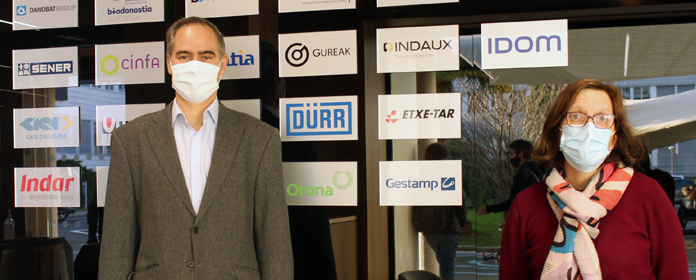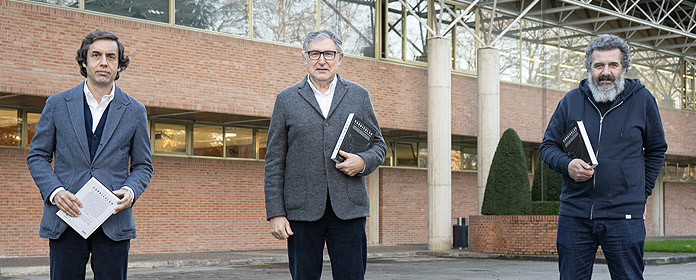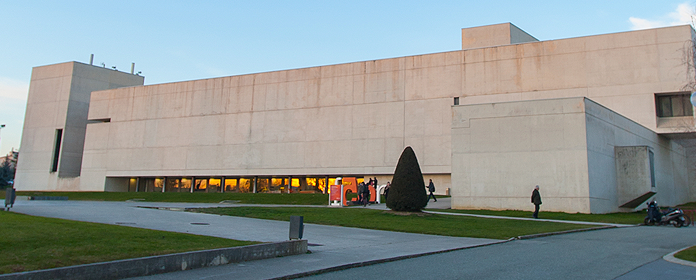A journal of the group 'Nature' publishes a research of the University of Navarra in Cardiology
Dr. Javier Díez's team confirms that hypertension causes pathological scarring of the heart (myocardial fibrosis).
A scientific journal of group Nature has just published in its latest April issue a article on cardiology signed by a team of specialists from research center Applied Medicine (CIMA) of the University of Navarra and the University Clinic. Directed by Dr. Javier Díez, the work supports the increasingly accepted hypothesis that fibrosis (scarring) is the determining lesion in the future evolution of the hypertensive heart. This is published in Nature Clinical Practice Cardiovascular Medicine.
As is well known, when blood pressure rises and hypertension develops, the heart is overloaded: it pumps blood against a greater resistance, imposed by this increased pressure. For much of the 20th century, explains Dr. Díez, physicians considered that the growth of the heart muscle (left ventricular hypertrophy or LVH) in hypertensive patients was beneficial for the heart. It was thought that this alteration made it possible to pump blood more forcefully, to compensate for the increased resistance due to hypertension.
However, "programs of study clinical and epidemiological studies at the end of the last century revealed that hypertensive patients with LVH had more frequent and severe cardiac complications than hypertensive persons without LVH. This led some groups of clinical and basic researchers to hypothesize that all was not well in heart muscle hypertrophy in response to hypertension. They also believed that, masked in that hypertrophy, decisive alterations might be found that, in the long run, would indicate a worse prognosis of hypertensives with LVH than without LVH." The team researcher of the University of Navarra and other scientific groups thought that the heart of hypertensive patients could suffer structural alterations that lead to massive scarring (myocardial fibrosis).
20 years of research culminate in diagnostic method and treatmentsDr. Díez and his collaborators intuited 20 years ago that the progressive replacement of cardiac muscle cells by inert fibers played a critical role in the deterioration of the heart and the appearance of clinical complications in hypertensive patients. During these years, "our team has provided evidence in animals and in hypertensive patients that this hypothesis was true and we have explored some of the mechanisms by which it occurs".
In this regard, perhaps the most relevant aspect is that researchers at CIMA and the Clínica Universitaria have developed a method for the bloodless diagnosis of myocardial fibrosis and have demonstrated that certain pharmacological treatments not only prevent it, but also repair it.
The authors of the aforementioned article published in Nature Clinical Practice Cardiovascular Medicine, whose publisher is Dr. Valentín Fuster, are Javier Díez, Arantxa González and Begoña López, from the University of Navarra; and Ramón Querejeta, from the Hospital Donostia in San Sebastián. They review the contributions of their team and other groups in this line of research.
The potential health significance of confirming this hypothesis is B: 30% of the adult population worldwide is hypertensive and half of them have LVH, and are therefore exposed to the consequences of myocardial fibrosis. These data mean that of the 8 million hypertensive patients currently existing in Spain, 4 million have LVH and fibrosis. As reported in Nature's work , physicians already have diagnostic means and pharmacological measures to protect the hearts of these 4 million Spaniards from fibrosis. According to Dr. Díez, this medical research offers society a "message of hope".





